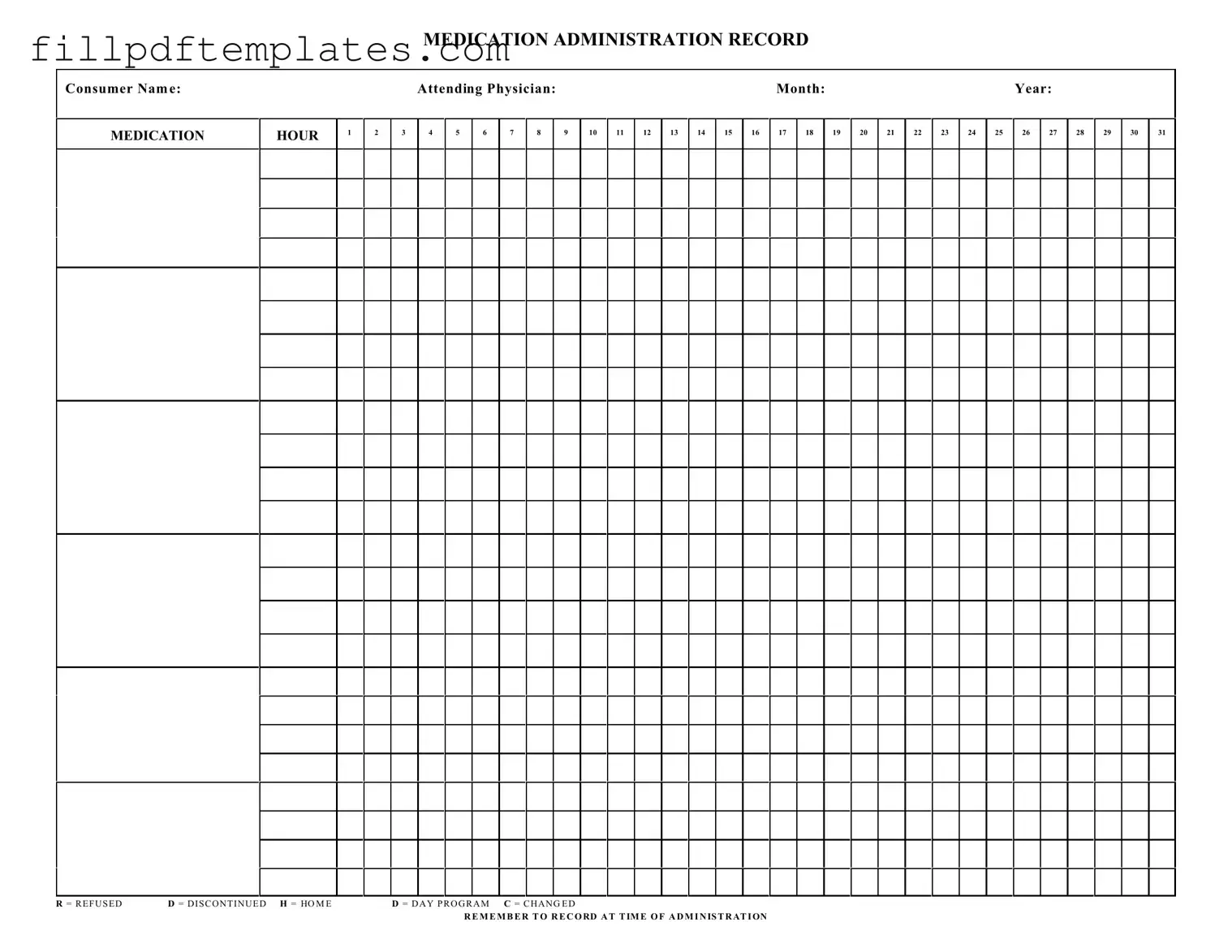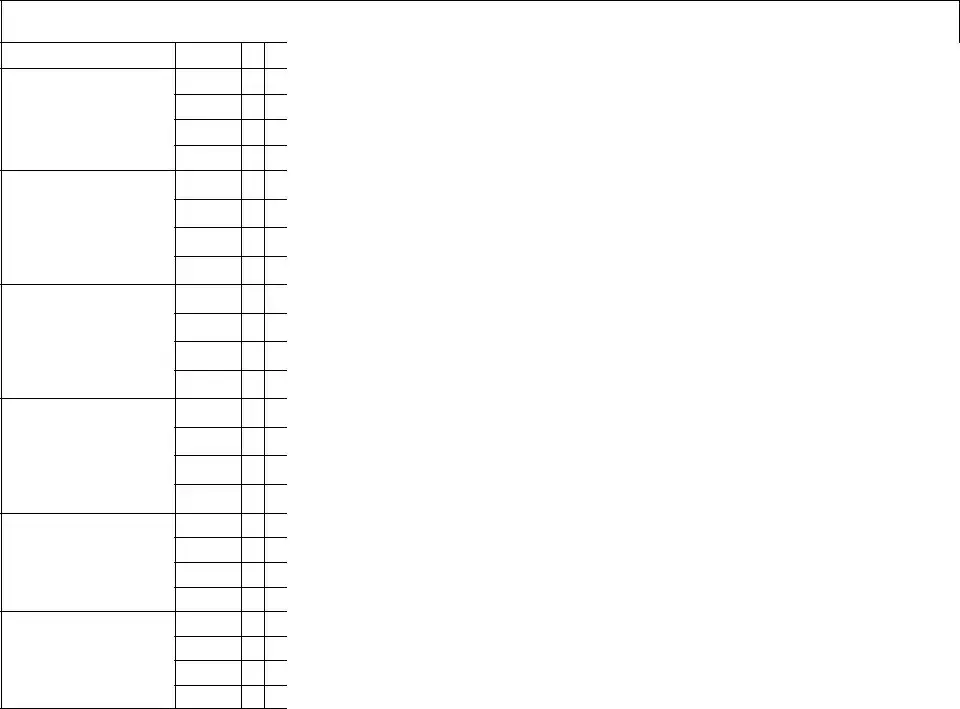Fill a Valid Medication Administration Record Sheet Template
The Medication Administration Record Sheet is a crucial document used to track the administration of medications to patients. This form helps ensure that medications are given accurately and on time, providing a clear record for healthcare providers. Understanding how to properly fill out this form is essential for maintaining patient safety and compliance.
Ready to get started? Fill out the form by clicking the button below.
Get Form

